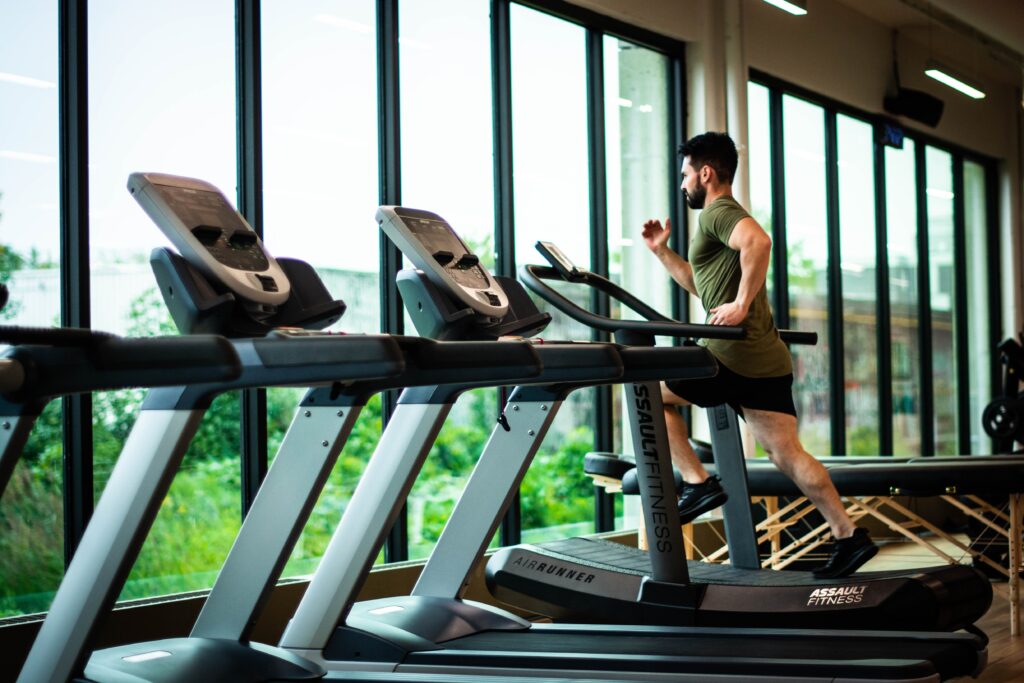The Relationship Between Income And Physical Fitness
Staying in shape is good for your overall health. You may also feel stronger, look better, and improve overall fitness. Some people may blame unfitness on a lack of gym subscriptions, no time for workouts, and trouble finding the right diet, among other costs.

Adults are advised to dedicate two and a half hours of their time to moderate-intense aerobic physical activity or half for the more vigorous folks. The exercise should include muscle-strengthening activities twice a week or more. You may need to invest about twenty minutes per day.
A report based on 2018 data showed that lower-income households engage in less physical activity than higher-income households with higher education levels. Physical exercise is also lower among Hispanic and Afro-American people.
A survey by ClubIntel interviewed over two thousand people. Two-thirds of the respondents considered themselves generally active, and individuals with higher incomes would exercise more. Individuals from higher-income households worked out more as well as the employed.
People seeking holistic fitness should set aside time and resources for their activity despite personal and family challenges. Key lessons from people who found their way around pinch points inhibiting their activity entail finding a way around the challenge(s) holding one back.

A personal experience may help one learn that fitness needs to make the most of what one has instead of the traditional notion that fitness is too expensive. You can achieve desired results by making your workouts more fun, planning for each session, creating an accountability system, and involving your friends and family.
